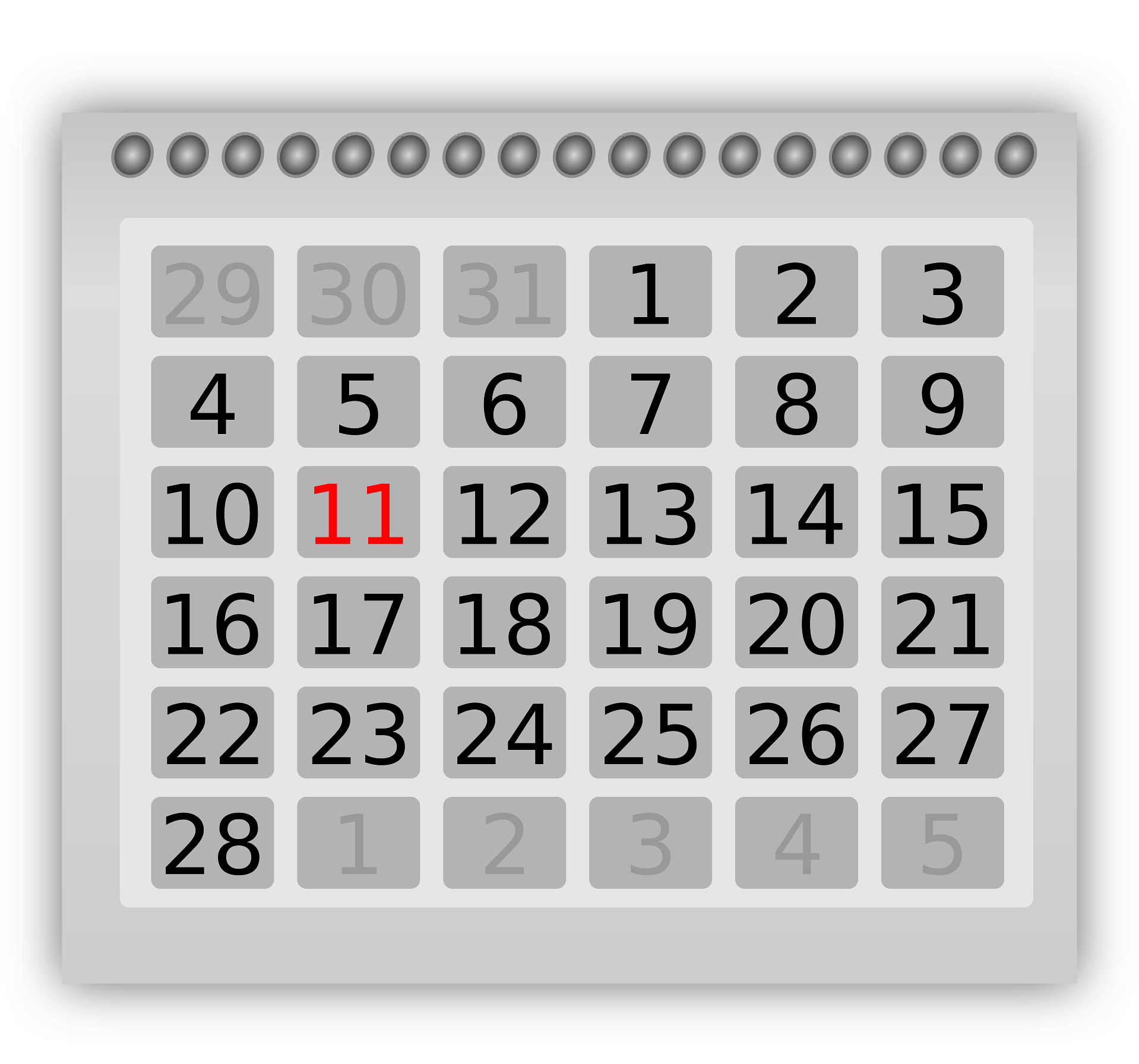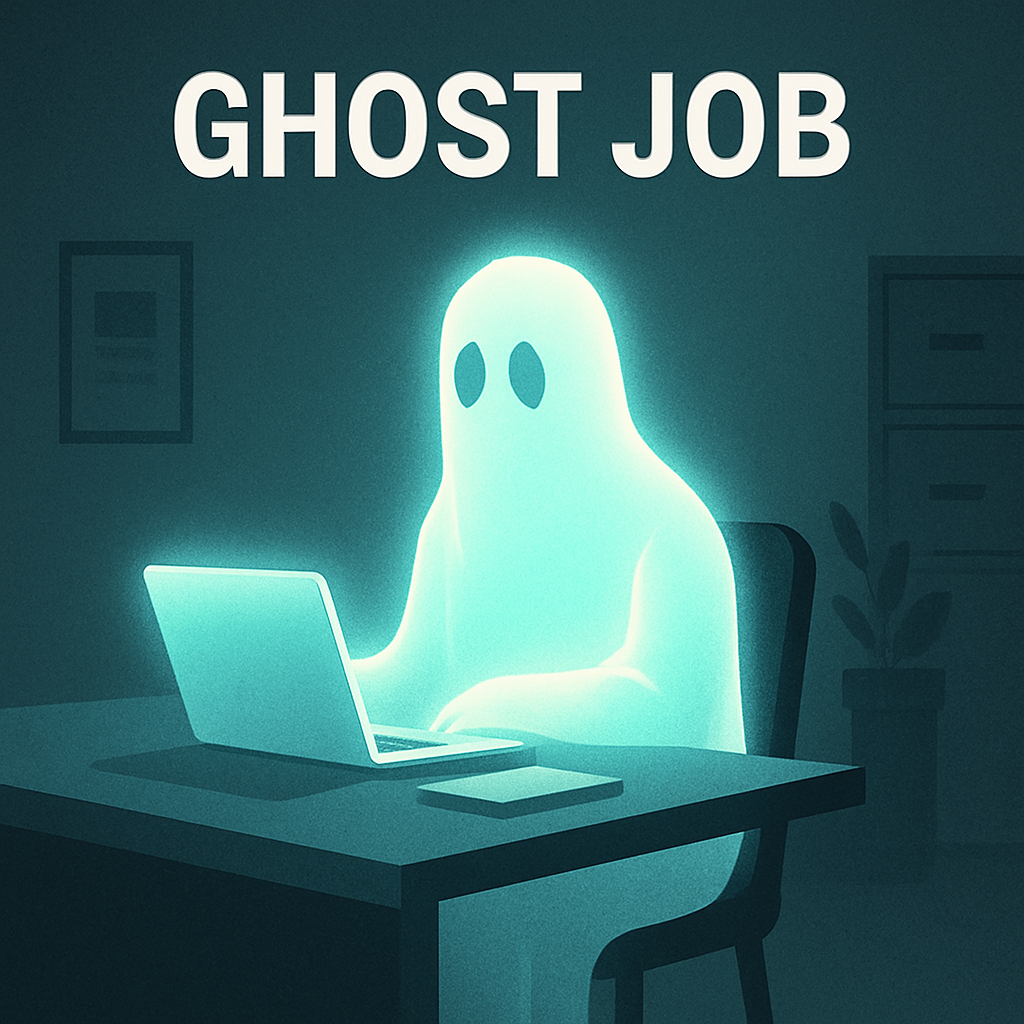If you’re serious about landing a job quickly – like, within a month – you need more than just luck. You need a plan. A solid, tactical calendar that breaks down every task into manageable, focused steps.
Sounds intense? Yeah, but it can work. Here’s a day-by-day blueprint to help you get focused by cutting through the noise, stay motivated, and finish the job search with an offer in hand.
Why a 30-Day Plan?
The typical job search can drag on for months. That’s frustrating and exhausting. By compressing your efforts into a dedicated 30-day period, you create momentum and focus recruiters notice. Plus, you avoid burnout and distraction.
Think of it like sprint training instead of a marathon. The goal is to be smart and strategic, not frantic. But it’s also important to highly, you don’t necessarily have to wait. If you want to do something which falls into a later timeframe now, and it’s right to do so, go ahead. Get ahead of the plan. It’s there to help guide and break down the steps, not handcuff you.
Week 1: Foundation and Preparation
Day 1–3:
- Update your CV and LinkedIn. Make sure they tell a clear, consistent story that matches the roles you want (not that last word, it’s important).
- Get feedback from someone in your network or a recruiter – those second pair of eyes could be valuable, and even a quick tweak can make a big difference.
Day 4–5:
- Identify your target roles and companies. Research their culture, pain points, and hiring timelines. Have a clear direction, ambition and interest. It will help give you clarity on what you’re really wanting in a next role, and not blindly applying for anything just because it matches a keyword.
- Set up job alerts on key platforms (LinkedIn, Indeed, niche boards). Do this both for job titles, and company alerts. If you’ve done the first point correctly, you should also have a dictionary of the types of job titles those companies will be using too. Not everyone uses the same.
Day 6–7:
- Prepare tailored cover letter templates for different role types. AI can be your friend here to create something quick, well written with elements of personalisation. But be sure to check it over.
- Start reaching out to contacts in your network with a polite, purposeful message. Generic won’t cut mustard. Show you’re interested in their job or a job specifically with them, not just ‘a job’.
Week 2: Active Application and Outreach
Day 8–10:
- Apply to 3-5 targeted roles each day, carefully tailoring each application to the job description.
- Use keywords that match the job ads, which ATS systems will likely be coded to score against, but keep it natural.
Day 11–14:
- Reach out to recruiters who specialise in your field (many see immediate value in starting at this point first. It depends on how well networked you are, and how busy the market is for the types of roles you’re looking for).
- Follow up on previous applications with brief, polite emails.
Week 3: Interview Preparation and Networking
Day 15–17:
- Practice common interview questions and scenarios. Consider a mock interview with a friend or coach. If you’re unsure what types of questions might arise, run the job spec through an AI tool and ask if to come up with competency question from it.
- Research behavioural interview techniques, focusing on the STAR method (Situation, Task, Action, Result).
- If you’re working with an agency recruiter, ask them for hints and tips about upcoming interviews. See what they might know and can help steer you. Sometimes their insights can be invaluable.
Day 18–21:
- Attend industry events, webinars, or online meetups to meet people and get insights.
- Continue networking via LinkedIn: comment on posts, share relevant articles, and engage with recruiters.
Week 4: Closing and Follow-Up
Day 22–25:
- Prepare thoughtful questions to ask employers during interviews. This shows genuine interest. (tip – thoughtful questions are ones which show you’re keen on the role, business, environment, where it’s going and your potential future with them. Not surface reward, or questions which don’t require any pre-thought).
- Send thank-you emails promptly after each interview.
Day 26–28:
- Evaluate any offers with your priorities in mind – salary, growth, culture, flexibility.
- Don’t be afraid to negotiate or ask for clarification.
Day 29–30:
- Ideally, decision time…
- Follow up on any outstanding applications or interviews. Get the last over the line so you can evaluate all options before closing
- Reflect on what worked and where you can improve for future searches. Which hopefully won’t be for years to come in the future.
Bonus Tips to Speed Up the Process
- Stay organised: Use a spreadsheet or app to track applications, contacts, interview dates, and follow-ups.
- Take care of yourself: High-intensity searches can be draining. Remember to rest and reset.
- Be flexible: Sometimes offers come from unexpected places. Stay open.
Final Thoughts
A job search doesn’t have to be a months-long slog. With a clear 30-day plan, you build momentum, maintain focus, and increase your chances of landing the right role fast.
Remember, it’s not just about applying – it’s about targeting, networking, and showing up consistently. And in 30 days, you can make a real difference to your career.











Recent Comments